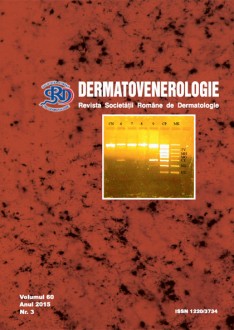Chronic venous disease is a condition that occurs when the function of venous valves, both in the low-pressure, superficial venous system and the high-pressure, deep venous system in lower extremities, is altered.
Left untreated, chronic venous disease has a progressive, little reversible evolution, causing significant alterations of the patient’s quality of life and developing disability when the condition reaches advanced stages.
Haemorrhage, thrombophlebitis, infection and pulmonary embolism are common complications in the advanced stages of chronic venous disease.
Currently, chronic venous disease in lower extremities is a major public healthcare problem. Estimates show that about 2%-5% of the population in developed countries have different stages of chronic venous disease of lower extremities, venous reflux being the physiopathological mechanism incriminated in 30%-40% of these cases.
Highly diverse symptoms of chronic venous disease are experienced progressively, during a long period of time, and require an ongoing adjustment of therapy that should answer to clinical and physiopathological characteristics of each stage of chronic venous disease.
We submit a therapy guideline for chronic venous disease of lower extremities, based on the personal clinical experience of the authors, in compliance with the international clinical experience and with current therapy guidelines available worldwide.


